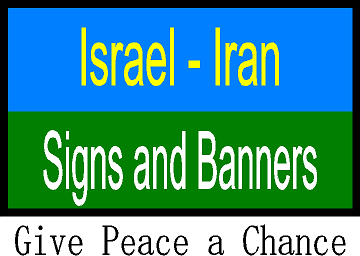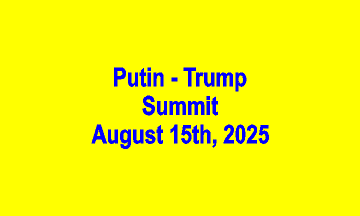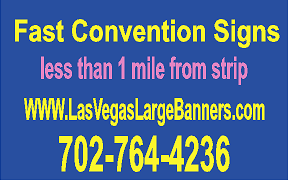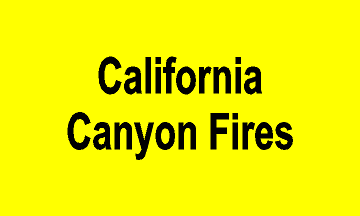Iran Israel Rally Protest Sign Banners: Voices of Resistance Across Cities

Iran Israel Rally Protest Sign Banners are more and more prominent at protest rallies. There is a huge conflict brewing in the Middle East. Protest sign banners tell stories. These stories reflect frustration, anger, solidarity, and hope. At Iran-Israel rallies, banners carry strong political weight. Simple phrases on vinyl or cardboard ignite discussions and challenge narratives. Across major cities, banners act as the loudest voices in silent marches.
Activists create these signs with purpose. Short slogans like “Free Palestine” or “Stop Occupation” grab attention. Many banners use bold fonts and emotional colors. Black, red, and green dominate. These colors symbolize resistance and political identity. Banners unify strangers under a single cause.
Cities like London, Paris, and Berlin have seen a surge in pro-Palestine and anti-Israel rallies. Tehran also holds massive anti-Israel events during political anniversaries. Each location features handmade signs and large vinyl prints. Graphic designers often volunteer to create impactful visuals. They understand the power of design during political resistance.
Materials matter. Heavy-duty vinyl banners survive both sun and police water cannons. Cloth signs flutter with defiance in city wind tunnels. Protesters hoist these signs high above heads. Drone shots from news outlets capture these visuals, spreading the message globally. Banners don’t just speak to crowds—they speak to the world.
Every protester becomes a sign holder, a symbol bearer, and a messenger. Their signs echo pain, pride, and demands for change.
Tehran to Toronto: Global Grounds for Protest
Protests in Tehran against Israel date back decades. Government-organized Quds Day rallies feature thousands of participants. Many march with massive printed banners attacking Israeli policies. They chant slogans condemning Zionism and American influence. Each year, new banner designs reflect current events in Gaza or the West Bank.
Outside Iran, Toronto hosts significant Iranian diaspora protests. In May 2025, protesters in Nathan Phillips Square held signs reading “Iranian Lives for Justice.” Banners showed burning flags and freedom doves. These designs aimed to connect global solidarity with anti-war sentiment. Both English and Farsi messages appeared on signs.
Los Angeles, home to a large Iranian-American population, also stages visible rallies. Protest banners in Los Angeles often combine Iranian nationalism with pro-Palestinian support. Creative slogans like “No More Blood for Power” gain traction online. Banners there merge artistic expression with revolutionary spirit. Street artists help create protest visuals using vinyl and spray paint.
Berlin’s Iranian community joined recent anti-Israel demonstrations. Their banners emphasized resistance and memory. Some referenced historical grievances like the 1953 coup or 1979 revolution. Others criticized current leaders. Large-scale events include choreographed banner walks, making protest routes resemble open-air art exhibitions.
In all these cities, banners translate personal pain into public protest. They speak multiple languages but deliver a shared message of dissent.
Design that Defies: The Power Behind the Iran Israel Rally Protest Sign Banners
Good protest signs follow design rules. Bold fonts, high contrast, and short slogans catch attention fast. Activists know this. They design banners to grab the eyes of both cameras and authorities. Protesters often print signs overnight and in secret. Many use local print shops that support political causes.
Black banners with white block letters are common. They symbolize mourning and clarity. Red paint signals urgency or anger. Green often represents Islam or resistance. Protest sign color choices are intentional, not random. Many banners also include photos of injured civilians or demolished homes. These visual stories create emotional impact.
QR codes now appear on some banners. They link to videos, petitions, or social media campaigns. This turns static signs into interactive tools. Protesters bring innovation to the streets, mixing old materials with new tech. Banner poles double as camera tripods or flag holders. Each element serves a purpose.
Size matters too. Large banners block streets, stop traffic, and grab headlines. Smaller handheld signs work well in tight crowds. Protest organizers plan signage placement like a choreographer maps a stage. Banners lead chants and signal group movements. They carry more than words—they carry commands.
Behind every banner is a network of creators, funders, and fighters. They pour time and energy into every piece of visual resistance.
Messaging the Masses: What the Signs Say
Protest signs do more than chant—they educate. Many signs explain historical context. Others name victims or quote global leaders. Iran-Israel banners often mention terms like apartheid, genocide, or occupation. Protesters use language as a weapon, printing impactful phrases across cities.
In Chicago’s 2025 rally, a 20-foot-long banner read “From Tehran to Gaza: End All Occupations.” That phrase appeared in Arabic, Farsi, and English. Such multilingual signs broaden impact. Viewers from different communities understand the message instantly. It creates global awareness through visual unity.
Sometimes, protest signs call out Western governments. “Stop U.S. Funding to War Machines” appeared frequently in Washington, D.C. rallies. These signs aim to shift public opinion and influence foreign policy. Protesters target embassies, consulates, and media centers to gain visibility.
Street slogans evolve. What begins as graffiti becomes a printed movement banner. Social media trends influence which phrases appear at protests. Words like “resist,” “unite,” and “freedom” become hashtags and headlines. Popular signs are reprinted and reused from city to city. Visual continuity builds a shared identity across nations.
Every banner becomes part of a living archive. They capture the political mood and mark moments in protest history.
A Canvas of Conflict: Signs That Endure
Iran-Israel protest banners document a conflict few fully understand. These banners offer snapshots of grief, protest, and unity. When cameras leave, the signs remain. Often collected by activists or museums, they serve as records of resistance. Some are reused in future protests. Others become art installations.
Activists now digitize banners for wider reach. Online galleries showcase protest artwork. Instagram pages dedicated to protest visuals gain thousands of followers. Digital banners are shared globally, inspiring others to replicate the messages. The power of one protest sign can echo worldwide.
In cities like New York, protest banners sometimes face censorship. Police tear down signs or block protest groups. Still, activists persist. They make more. They hang new banners. Vinyl can be rolled and hidden quickly. Portable banners offer flexibility during police crackdowns.
Supporters use signs to claim space in hostile environments. A single banner on a university campus can spark debate. One rooftop sign can force news coverage. Protesters adapt, innovate, and survive. Their banners fly high in every weather, from Tehran’s dust to London’s rain.
Protest banners will always return. As long as the Iran-Israel conflict continues, so will the signs. They speak truth when silence is no longer an option.







